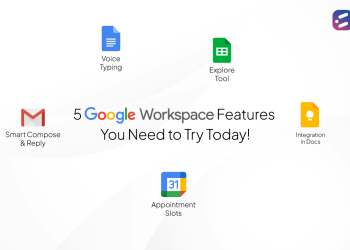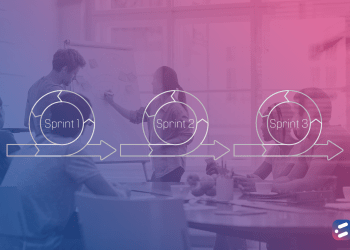Migrating your organization’s on-premise applications to the cloud can drastically improve ease of operation and maximize your company’s efficiency. However, in most cases, the task of migrating applications to the cloud proves to be filled with technical difficulties. Here is a checklist which we hope will help you make a successful transition.
1. Create a migration architect role
A migration architect would typically have to lead the cloud migration and establish the parameters within which the project is to be carried out. The architect would be required to operate on the level of a system architect and his/her core responsibilities would include strategizing the migration, defining the optimum refactoring and defining the switchover process for after the cloud migration.
2. Establish your level of cloud integration
Latest cloud trends indicate that complete migration for large- and medium-sized businesses might not be possible just yet. There are two types of cloud migration for organizations to choose from – shallow cloud integration and deep cloud integration.
In a shallow cloud integration, also known as ‘lift and shift’, on-premise applications are moved to the cloud as-is and there are no requirements for back-end tweaks. In shallow cloud integration, complex migration tools are not used and the applications are merely ‘lifted’ and ‘shifted’ to the cloud.
In a deep cloud integration, cloud-native services like AWS’s auto-scaling and dynamic load balancing services are used to ensure thorough operational continuity. It can also be as complex as using serverless computing capabilities and cloud-centric data storage.
3. Choose between single- and multi-cloud environments
Choosing to go with a single cloud solution provider can make your migration efforts simpler and faster, as your developers have to learn and work with just one set of APIs. Going with multiple cloud solution providers requires extensive optimization but provides you with the advantage of choosing the features offered by multiple service providers. It also doesn’t restrict your dependency to one vendor – if you have to migrate again from a single-cloud environment to a multi-cloud environment, the procedure is just as expensive as the original migration.
You should also establish the model of migration you wish to go with. Here are a few options:
- One application per cloud – ‘N’ number of applications equates to ‘N’ number of cloud service providers
- One application; multiple clouds – one application with multiple components running on multiple clouds
- Multiple applications; any cloud – running your applications simultaneously on ANY cloud
4. Get clear about Key Performance Indicators (KPIs)
It is crucial to measure your cloud migration process against established KPIs to ensure that you are moving in the right direction. Analyzing KPIs can show you where you are going wrong and help you find workarounds.
A few important KPIs you can use to determine the success of your cloud migration:
- User experience: Page load time, response time, session duration
- Application performance: Error rates, availability, apdex score
- Infrastructure: CPU and memory usage, network performance
- Business improvement: Cart adds (for e-commerce businesses), engagement rates, conversion rates
It is also important to ‘baseline’ the process. Baselining is the process in which the performance of on-premise application pre-migration is calculated based on a few KPIs and the post-migration performance is calculated based on the same indicators. Baselining gives you a clear idea of whether the migration itself was worth it, and allows you to validate your expectations against real-time data.
5. Identify the migration components
Instead of migrating your applications in one go, you can choose to migrate your application component-by-component or service-by-service. In this case, identify the connection between the different components and services and move them in clusters. It would be useful to design a dependency diagram to figure out the order in which every component has to be moved to the cloud. We suggest migrating the back-end operations first and them moving towards client-facing components. This limits integration issues at the beginning of the cloud migration process.
6. Establish a data migration plan
Data migration needs to be given just as much importance as application migration – after all, the location of your data significantly impacts the performance of your application. You could use bidirectional syncing to ensure the smooth flow of data between your on-premise and cloud databases. Ignoring the importance of data migration can lead to failed migrations. Therefore, the migration architect needs to be hands-on about the data migration as well.
7. Ensure that you scale on-demand
The most important reason why organizations migrate their data and applications to the cloud is for the scalability it offers. It is important to understand that resource allocation on the cloud is dynamic in nature and the cloud provides you with the flexibility to allocate server instances across silos. To use this to your full advantage, ensure that your system architecture is modified to support the same.
8. Don’t compromise on cloud security
High-end cloud security solutions protect your network against hacks and other threats and act as a significant part of your cloud migrations efforts. In fact, a few of the capabilities of cloud security solutions can also improve your operational efficiency.
CloudNow Technologies provides cloud consulting services as well as cloud migration services. To accelerate your move to the cloud and get access to complete software solutions for complex migration requirements, contact us to know more.













